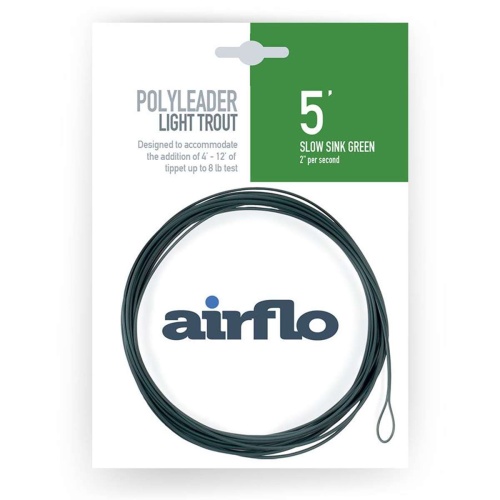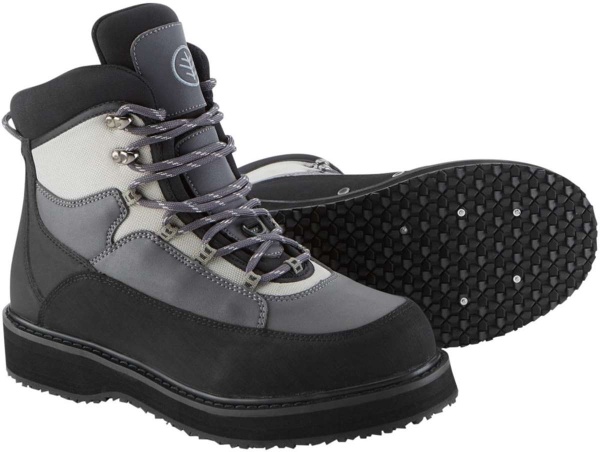Bank Holiday Fishing? Plan Ahead, Essentials Check List!
|
|
| |
|
|
|
|
| |
|
|
| |
|
|
|
| |
|
 |
| Naturally, once you’re decked yourself out with countless fly boxes, you’re going to have to stow them away in some sort of tackle bag |
 |
| For those who prefer traveling light and remaining more mobile, all the items you’ll need can be stored in either a fly fishing vest, or chest pack/backpack combo |
































